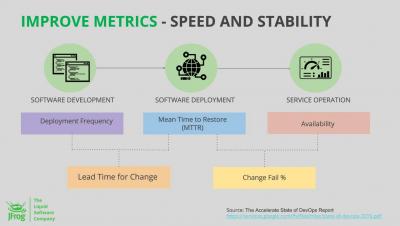How to cyber security: Gotta go fast ... but why?
DevSecOps allows organizations to deliver applications at a high velocity using iteration and automation to better serve customers. Velocity is one of the pillars of DevSecOps. Through the magic of automation, DevSecOps teams can achieve impressively short timespans between when developers make changes in code and when those changes are deployed.





